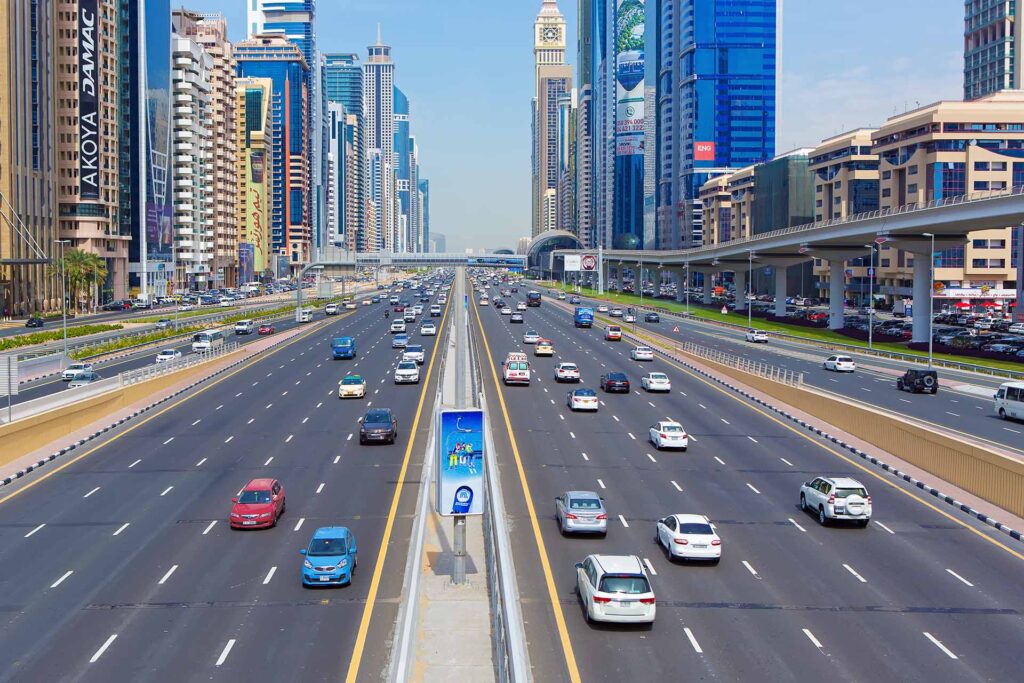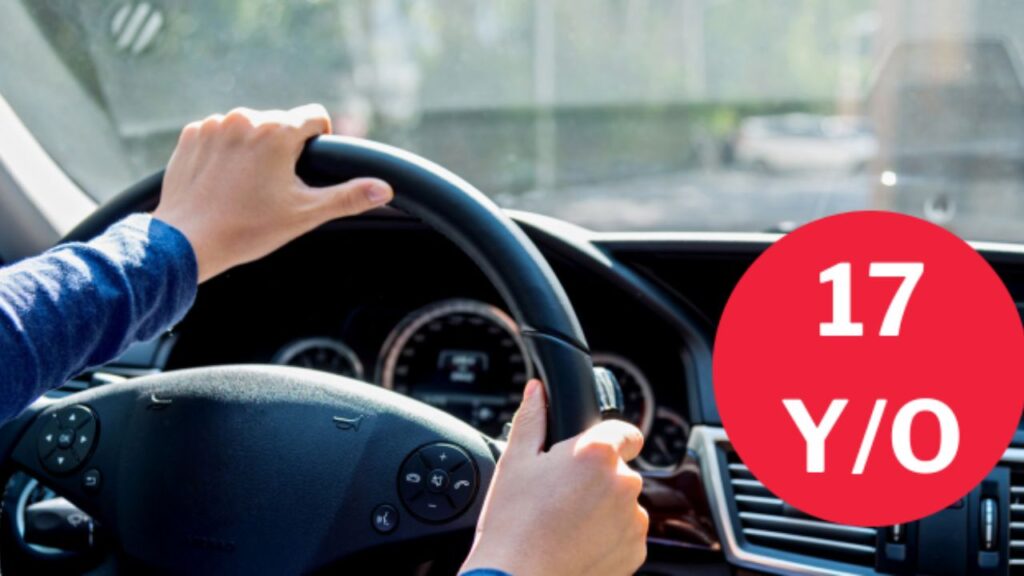A Landmark Change for UAE’s Young Generation
UAE Lowers Minimum Driving Age to 17 Years, marking a landmark change that reshapes the nation’s traffic landscape and empowers its young generation. The United Arab Emirates has officially reduced the legal driving age from 18 to 17 under the new Federal Decree-Law No. (14) of 2024 on Traffic Regulation. This progressive decision opens new doors for teenagers eager to drive responsibly while reinforcing the UAE’s commitment to safety, education, and modern road discipline.
This reform reflects the nation’s forward-thinking vision to empower youth, enhance mobility, and align with international standards. It signals trust in the readiness of young Emiratis to embrace responsibility, backed by robust training systems and smart road-safety measures.
Why the Change Matters
The decision to lower the driving age is more than just a legal adjustment—it’s a cultural and social shift. For many teenagers, driving represents independence, confidence, and a sense of maturity. Allowing 17-year-olds to obtain a driving license recognizes their growing capability while teaching them accountability on the road.

For families, this move brings convenience and relief. Young drivers can help with daily commutes, family errands, and even contribute to carpooling. It’s also expected to reduce dependency on public transport for older teens attending universities or early work placements, especially in suburban and rural areas.
From an economic perspective, this change could positively influence sectors like automotive sales, insurance, driving schools, and transportation technology. The move is expected to create thousands of new learners who will fuel demand for driver training programs and safety awareness campaigns across the country.

Safety Remains the Top Priority
While the new driving age opens opportunities, it also comes with strong safety measures. Authorities have emphasized that young drivers must undergo structured training programs and meet all licensing requirements before receiving their driving permits. This includes passing both theoretical and practical tests designed to ensure that new drivers are fully prepared to handle road conditions responsibly.
Additionally, the law introduces modern monitoring technologies, including smart driving evaluation systems and digital record-keeping. These systems will help authorities track a driver’s learning progress and promote adherence to safety regulations.
The UAE’s focus remains clear: empower youth without compromising road safety. Young drivers will be closely supervised during their learning phase, and their licenses may carry special restrictions until they gain sufficient experience.
Driving Schools to See a Surge in Enrollment
With this policy change, driving schools across the UAE are preparing for a wave of new students. Training centers are expected to design specialized programs catering to younger learners, focusing on safe driving behavior, awareness of traffic laws, and practical on-road skills.
Instructors will likely introduce innovative teaching techniques, including simulator-based lessons, digital training tools, and workshops focused on defensive driving. Some schools are also considering parental involvement in training sessions, ensuring that families are part of the learning journey.
For driving institutions, this is both an opportunity and a responsibility. They now play a critical role in shaping a generation of well-trained, cautious, and confident drivers.
Parental Guidance and Responsibility
The UAE government encourages parents to play an active role in guiding their teenage drivers. Parental supervision, especially during the initial driving months, will be vital in helping young motorists develop patience, awareness, and respect for traffic laws.
Parents are also urged to set examples by practicing safe driving habits themselves. Consistent family discussions about responsible road use, seatbelt safety, and avoiding distractions like mobile phones can go a long way in influencing teen behavior behind the wheel.
This new policy promotes a shared responsibility between the government, driving schools, and families to create safer and more disciplined roads.
Boost to Youth Mobility and Employment
The decision to allow 17-year-olds to drive is expected to boost youth mobility and job opportunities. Many industries, including retail, delivery services, and hospitality, employ young workers who often face transportation challenges. With this change, commuting becomes easier and more efficient, expanding access to part-time or entry-level jobs.
Moreover, young entrepreneurs and students pursuing internships will find it easier to manage their schedules. This change aligns with the UAE’s larger vision to empower its youth through education, skills development, and early exposure to real-world responsibilities.
Technology and Smart Licensing Systems
The UAE’s Ministry of Interior continues to innovate in its approach to road safety and licensing. The introduction of a 17-year driving age coincides with plans for advanced digital licensing systems. These systems will enable efficient tracking of learner progress, online application processes, and electronic issuance of permits.
Smart monitoring tools, such as telematics and GPS-based data, may also be integrated into vehicles used by new drivers. These tools help assess driving habits like speed, braking, and route choices, ensuring that learners adhere to safety protocols. The combination of technology and education represents the UAE’s modern approach to creating safer roads for all.
A Step Aligned with Global Practices
Lowering the driving age to 17 brings the UAE in line with many developed nations where teenagers start learning to drive early under strict supervision. Countries like the United States, the United Kingdom, Australia, and Canada have similar licensing systems that allow 16 or 17-year-olds to drive with limited permissions.
This alignment not only enhances the UAE’s international reputation for adopting global best practices but also strengthens its efforts to integrate young citizens into responsible civic life.
Public Reactions and Social Impact
The announcement has been met with enthusiasm from many families and young residents across the Emirates. Teenagers see this as an exciting opportunity to gain independence, while parents appreciate the convenience it offers in managing household transportation.
However, the move also sparks discussions about the readiness of teenagers to handle the pressures of driving. Many experts believe that with proper training, continuous monitoring, and strong parental support, the UAE’s youth can rise to the occasion. The key lies in creating a culture where driving is viewed not just as freedom, but as a serious responsibility.
Enhanced Road Safety Campaigns on the Horizon
To ensure a smooth transition, the UAE is expected to roll out a series of awareness campaigns focusing on road safety for young drivers. These campaigns will cover crucial topics like speed limits, seatbelt use, pedestrian awareness, and the dangers of distracted driving.
Schools and universities are also expected to partner with local authorities to organize educational programs and seminars. These initiatives aim to nurture responsible driving behavior from the earliest stages of learning.
Economic and Social Ripple Effects
The economic implications of this decision stretch beyond driving schools. The automotive market could see a notable rise in sales of compact and affordable cars suitable for first-time drivers. Insurance companies, too, are preparing to tailor youth-focused packages that balance affordability with safety requirements.
This move also encourages innovation in mobility services—such as car-sharing apps and smart rental systems—designed to cater to younger demographics. The overall effect is a more dynamic and interconnected transport ecosystem, contributing to national growth.

Preparing a Generation of Responsible Drivers
This policy is more than a change in law; it is a commitment to nurturing a new generation of responsible, informed, and safety-conscious drivers. By starting early, the UAE aims to instill strong driving values in its youth—values that will carry into adulthood and shape safer roads for everyone.
Teenagers today represent the future of the nation’s mobility infrastructure. The government’s confidence in granting them this responsibility demonstrates its forward-thinking approach and belief in the youth’s potential to drive change—literally and figuratively.
A Progressive Vision for the UAE’s Roads
The UAE’s decision to lower the driving age is part of a broader vision that combines modernization, empowerment, and safety. It highlights the country’s continuous efforts to update its laws in line with technological advancements and social evolution.
By trusting young people with greater responsibility, the UAE not only gives them freedom but also encourages discipline, awareness, and community participation. This policy underscores the nation’s belief that progress begins with preparing the next generation for real-world responsibilities.
Conclusion: Driving Toward the Future
The lowering of the minimum driving age to 17 marks a defining chapter in the UAE’s journey toward modernization and inclusivity. It empowers young citizens to take charge of their mobility, supports families, and stimulates economic growth—while maintaining an unwavering focus on safety.
Through education, technology, and shared responsibility, this decision is set to transform how young people experience the roads. It is a bold and positive move that reflects the UAE’s confidence in its youth and its commitment to building a smarter, safer, and more connected nation.
Do follow UAE Stories on Instagram
Read Next – Dubai Commercial Property Sales Jump 31% as Business Bay & JLT Lead the Charge














